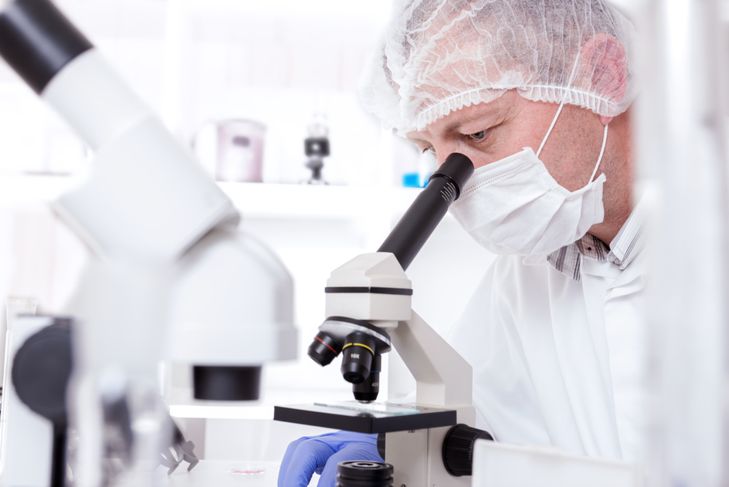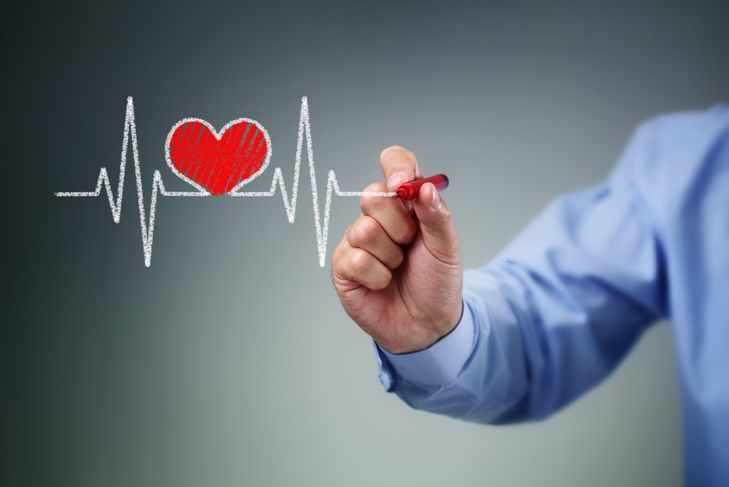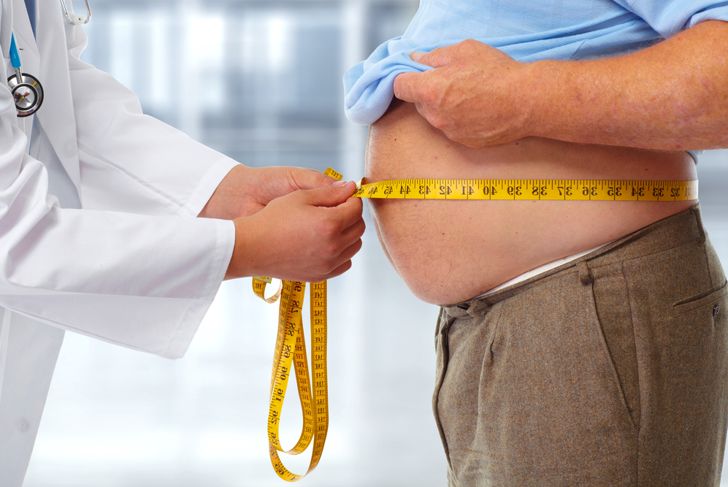When a blood clot forms within a vein that is located deep in the human body, it is called deep vein thrombosis. Blood clots can typically form when the blood begins to thicken and then form together. Deep vein thrombosis usually happens in the upper thigh or within the lower part of the leg. When the blood clot begins to travel throughout the body’s bloodstream, it is called an embolus, and it can be a very serious condition. The clot can then block many vital organs of the body, and it is then referred to as pulmonary embolism.
Being Over 60 Years Old
When adults reach a certain age, it places them at a much greater risk of deep vein thrombosis. And when an individual reaches 75 years of age, the risk factor goes up even more at this time. As a person ages, sometimes the blood can begin to thicken, which explains why many older adults are places on anticoagulants and blood thinners, to be taken on a daily basis. However, keep in mind that deep vein thrombosis can occur at absolutely any age, so never assume that you are too young, especially if you are experiencing any of the symptoms associated with DVT.
Genetics
Genetic can play an important role when it comes to deep vein thrombosis. If someone in your family has had DVT or has had any other similar complications resulting in blood clots, then you are more susceptible to deep vein thrombosis. As that genetics can play a very important part in DVT, and you think that you may be experiencing some of the symptoms associated with it, it would be a good idea to attempt to discover if deep vein thrombosis has ever affected anyone directly related to you. This can assist physicians by assigning the appropriate risk factors to your medical chart.
An Inactive Lifestyle
People who are especially inactive are at a much greater risk of having deep vein thrombosis than persons who lead healthy, active lifestyles. When the body is not in motion for long periods of time, it can cause the blood to pool or clot. This is a very serious concern for patients who are put on extended bed rest or who have been in the hospital for a week or longer. If your lifestyle is inactive and you also have other risk factors that can be attributed to deep vein thrombosis, an exercise regimen should definitely be put in place.
History of Heart Disease
When a patient has been a heart patient of any kind, including having one of many forms of heart disease or having had experienced a heart attack or a stroke, this places the person at a much higher risk for developing deep vein thrombosis than a person who has never experienced any type of cardiovascular trauma at all. These types of patients are much more susceptible to clotting, which is why most heart patients are placed on blood thinners as a part of their daily medication regimen. Also, if an individual has experienced any type of damage to their veins, they are also at a greater risk of DVT.
Pregnancy
Women who are pregnant also have a greater risk of developing deep vein thrombosis, as well as women who have recently given birth to a child. There are many reasons for this extended risk, which include the body producing more blood to support the vascular system of the unborn child, frequent changes in blood pressure and the undue stress that this can have on the veins, along with being overweight. One of the leading causes of death during childbirth is by a blood clot that breaks away and travels to the lungs, creating a quick and very serious blockage.
Being Overweight
While some researchers can’t quite agree why specifically, it seems that being obese and overweight can also place one at a higher risk of DVT. However, one reason could be that tissues that are made up of fat product can increase the estrogen levels within the human body. When this estrogen begins to store itself within fatty tissues, then this can promote the forming of blood clots, as well as swelling, inflammation and other problems that might make a person more susceptible to deep vein thrombosis. When coupled with other factors, such as others listed here, the risk increases.
Smoking
When a person smokes, it worsens all of the other risk factors that are associated with deep vein thrombosis. Other forms of tobacco, even those that are smokeless, also place the user at a greater risk. Recreational drug use can also create blood clotting, especially when the drug itself may inhibit the flow of blood or otherwise cause it to thicken. If you find yourself at risk with any other factors that could make you more likely to develop deep vein thrombosis, you should seriously consider completely discontinuing the use of all tobacco products immediately.
Hormonal Changes
Any type of hormonal changes or varying levels of estrogen, such as women experiencing menopause, may increase the risk of blood clotting and other cardiovascular-related problems. This may also include individuals who are taking birth control or hormone replacement drugs. Specifically when women are going through menopause, being overweight or smoking can make the risk of developing DVT greater, so this should definitely be taken into serious consideration. If any of the symptoms associated with deep vein thrombosis are present, a consultation with a medical expert should be scheduled immediately.
Cancer
Researchers have also discovered that different forms of cancer may make a patient more likely to have deep vein thrombosis. Specific types of cancer that may create the highest risk include breast, ovarian, pancreatic, bowel and lung cancers. These types of cancer increase substances that can be found in the blood that promote the clotting of the blood. If the patient is also undergoing chemotherapy, this can sometimes cause damage to the blood vessels, which in turn can lead to clots. Chemotherapy can also reduce proteins that are found in the blood that lead to normal clotting.
Desk Jobs
Researchers have shown that people who sit for long periods of time at work are more likely to eventually develop deep vein thrombosis than people who are more active at their jobs. The loss of motion, especially in the legs, allows the blood to thicken more gradually than it would under normal circumstances, therefore impeding its flow and potentially creating blood clots and DVT. If your job requires that you sit at a desk most of the day, be sure to stand up and stretch at regular intervals and even walk around the office a bit, when time allows.

 Home
Home Health
Health Diet & Nutrition
Diet & Nutrition Living Well
Living Well More
More




















